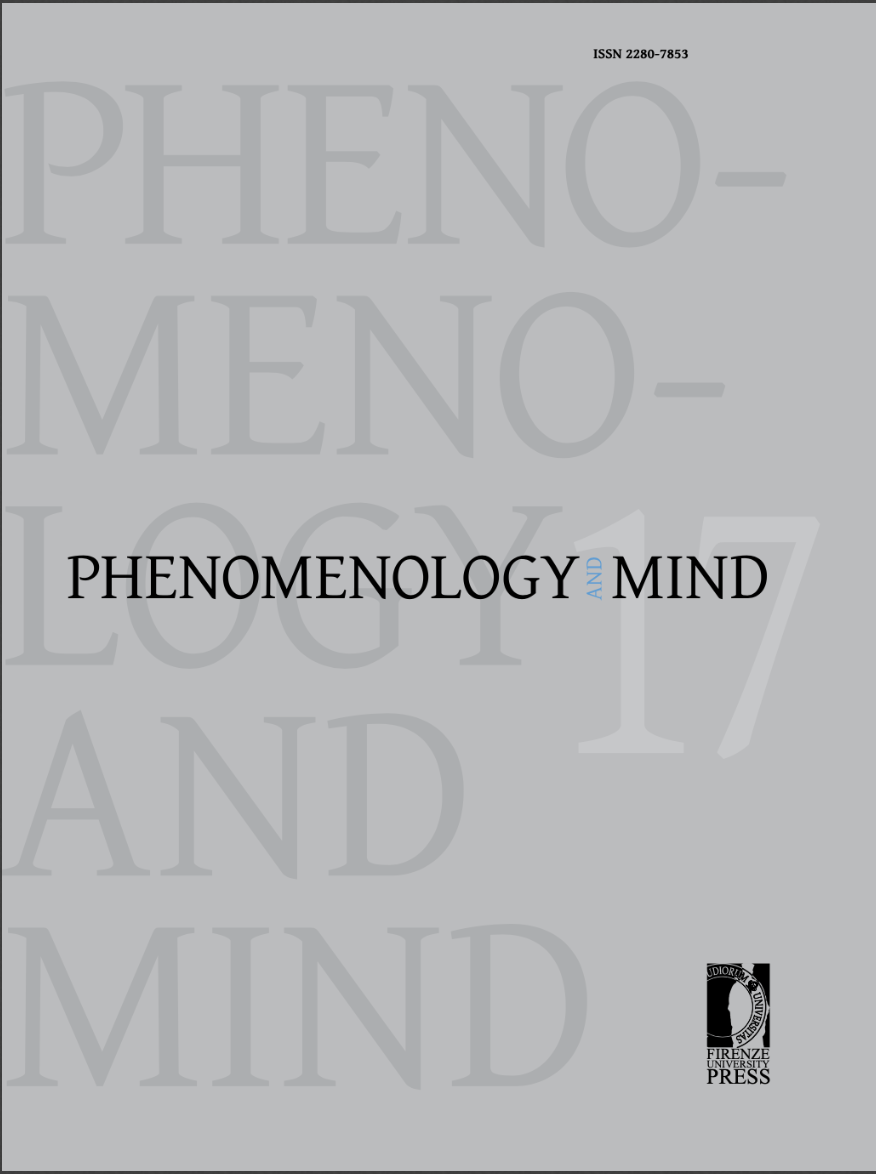Published 2016-11-26
Keywords
- social facts,
- immanent facts,
- cultural reality,
- social ontology
How to Cite
Abstract
What are the intentional objects of groups’ beliefs? This paper claims that they are immanent facts, i.e., facts which exist only within groups’ minds. Since in relevant literature the notion of immanent object and the related theory of “immanent realism” arise in connection with the work of Franz Brentano, the paper begins by briefly sharing historical information on Brentano, making clear why – contrary to common belief – Brentano did not argue for immanent realism in his work. In a second part, I then look more closely at groups’ beliefs and illustrate why the insight of immanent realism – despite its historically inadequate reconstruction – can bear on my initial question. In doing so, I pay particular attention to John Searle’s theory of institutional facts, using it as a conceptual basis to develop my own pseudo-Brentanian approach. This approach allows me to introduce a further class of social entities in the last part of the paper: contrary to institutional facts the immanent entities of collective beliefs presuppose neither the assignment of functions nor the generation of deontologies, but they do presuppose groups’ beliefs for their existence. Being the precipitates of collective experiences, such entities are intrinsically related with the first plural person perspective and hence play an important role in what we may call the “cultural layer” of social reality.

